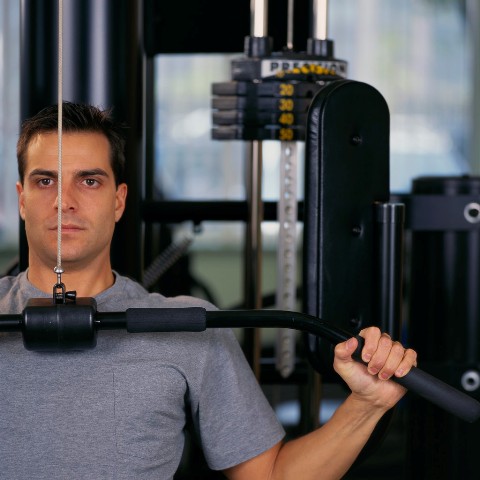Keeping your body in shape is important. Exercise, whether it’s down at the local gym, going for a run in the park, or enjoying our favourite sport, can help us to keep the pounds off, and help us to stay healthy. When done right, exercise can be lots of fun. Some people even find it a great way to socialise with their friends, or meet new people.
But when done wrong, it can potentially be harmful. Those who don’t take the right precautions before a workout may put themselves at risk of straining a muscle, or picking up another kind of injury.
So, it is vital to prepare yourself, and adhere to a few common sense rules when exercising. Here is our essential guide to doing exercise the right way:
Warm Up
Before you do anything, you need to prepare your joints and muscles for the pressure they are about to undergo. Ensure you perform the relevant stretches, to prevent a pulled muscle in the area you’re working on. For example, you should be doing lunges before a run, and warming up your thighs by performing knee lifts or marching on the spot.
Knee bends are also essential for ensuring you don’t risk damage to your knees. Even if your workout only involves the lower body, you should be warming up your upper body too, by doing arm and shoulder stretches.
Cardio First
If you like to exercise with weights, it’s important not to jump head-first into the lifts. Doing this increases the likelihood of injury. Get your cardio going first, by spending a few minutes on a running or cycling machine.
Get the Right Support
It is essential to wear the right clothing, whatever your exercise plan may be. Good quality athletic trainers or running shoes are a must. For those lifting weights, it’s essential to wear wrist, elbow and knee supports, particularly if you’ve suffered an injury to any of these areas in the past. Having someone there to spot you can make a huge difference too. They can help to make sure you’re keeping things even when performing a lift, and not leaving yourself open to injury.
Know When to Stop
We’ve all heard the phrase: ‘No pain, no gain.’ But you should by no means use this as a rigid mantra. If you’re experiencing pain in a particular area, it might be a sign that you’ve suffered a strain, and be an indication that you should stop. Pushing through pain isn’t always the answer. The last thing you want is to be laid up at home unable to exercise, nursing an injury requiring pain relief.
Warm Down
After your session, remember to warm down. This is just as vital as your warm up. It allows your body to acclimatise to the resting state it is about to enter, and lets your heartbeat return to its normal rate gradually. Warming down might involve walking or jogging at a decreased pace. It could also include a series of less intensive stretches.
This article is written by Tom who recently sustained a severe injury for which he was prescribed Tramadol tablets by his doctor. When he’s not working, you can find him at home spending time with his family.
